Pixel 7 vs. Pixel 7 Pro — What are the differences?
Choosing between Google's new Pixel 7 and Pixel 7 Pro phones isn't easy, so we made this guide to help you out!
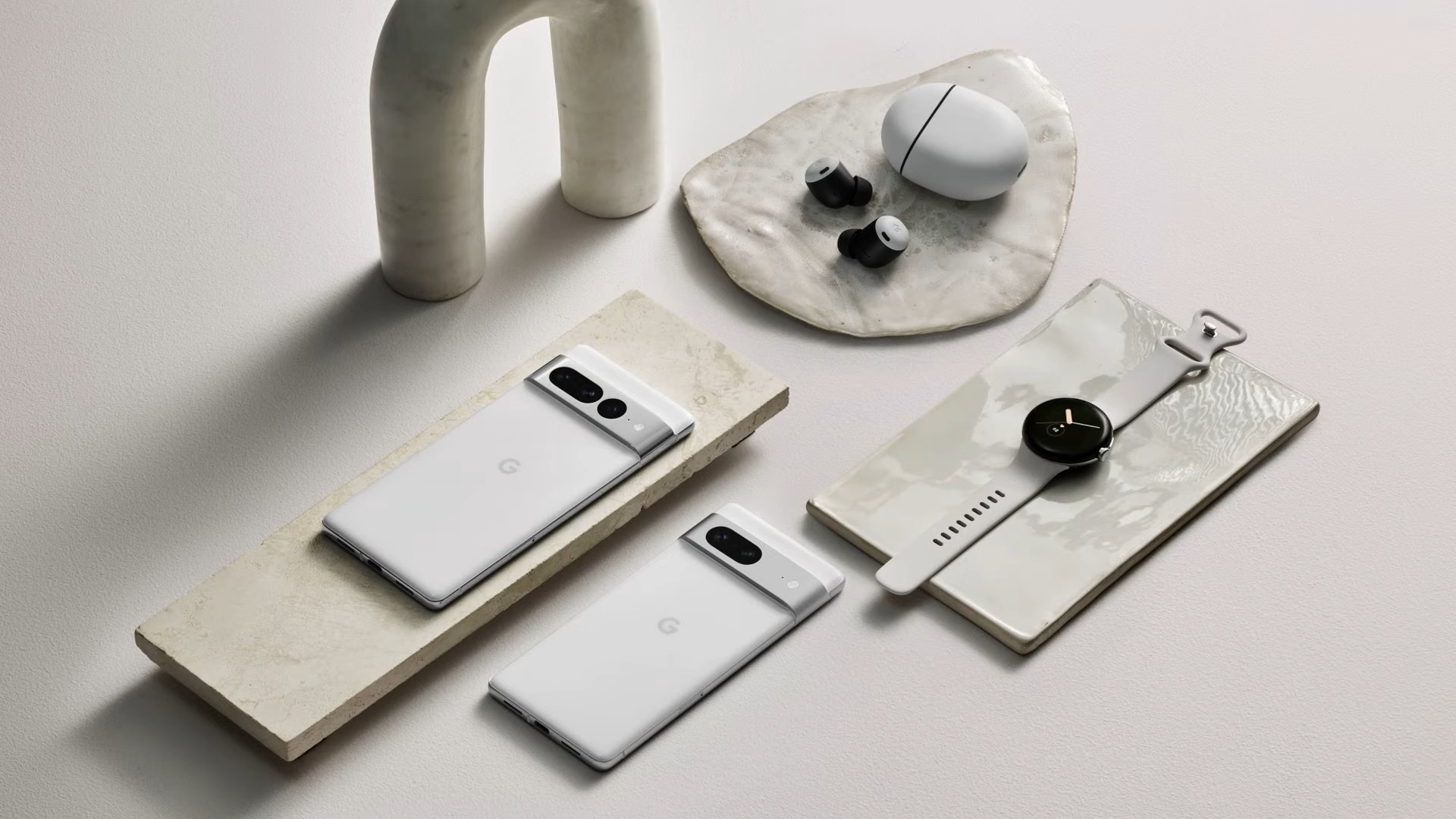
After months of leaks and partial reveals from Google, the Pixel 7 and Pixel 7 Pro have finally officially launched. The second generation of Google's Tensor-powered Pixels has our attention after Google delivered three of our favorite smartphones of the last year: the Pixel 6, Pixel 6 Pro, and Pixel 6a.
Google for years had the reputation of offering exceptional camera performance, but a bit lackluster when it came to design, performance, and battery life. Last year flipped almost all of that on its side with a bold new look for the Pixel, performance that held up to its Qualcomm-based Android rivals and solid battery life in real-world usage.
If you're sold on getting a Pixel, then there is only one more decision to make: choosing between the Pixel 7 and Pixel 7 Pro. While there is considerable shared DNA between the two models, there are also a few differences that may sway you toward one or the other.
So we've done the hard work for you. In this article, we'll identify the pros and cons of each device and help you decide which one is right for your needs.
Pixel 7 vs. Pixel 7 Pro: Price and configurations
Just like last year, the price gap between these two phones is more of a chasm, which makes the decision to upgrade to the Pixel 7 Pro a weightier one.
Those on a tight budget should only consider the Pixel 7, which starts at an aggressive $599 unlocked for the 128GB version. Doubling the storage to 256GB raises the price by $100 to $699. Last year I called the Pixel 6 "the best Android value ever" and the Pixel 7 looks poised to retain that title.
At $899 the Pixel 7 Pro still undercuts its premium competition like the Samsung Galaxy S22+ and the iPhone 14 Pro, but we'll take a look at whether that price bump over the Pixel 7 is justified for you throughout the rest of this face-off. That base model once again offers 128GB of storage; upgrading to 256GB raises the price to $999 and the 512GB model is $1,099.
Sign up to receive The Snapshot, a free special dispatch from Laptop Mag, in your inbox.
Both are available for pre-order right now from the Google Store.
Pixel 7 vs. Pixel 7 Pro specs
| Row 0 - Cell 0 | Pixel 7 | Pixel 7 Pro |
| Displays | 6.3-inch FHD+ (2400x1080) OLED at up to 90Hz | 6.7-inch QHD+ (3120x1440) LTPO OLED at up to 120Hz |
| 5G support | Yes | Yes |
| CPU | Google Tensor G2 | Google Tensor G2 |
| RAM | 8GB | 12GB |
| Storage | 128 or 256GB | 128, 256 or 512GB |
| Rear cameras | 50MP wide-angle f/1.85; 12MP ultra-wide f/2.2 | 50MP wide-angle f/1.85; 12MP ultra-wide f/2.2; 48MP telephoto f/3.5 |
| Front cameras | 11.1MP f/2.2 | 11.1MP f/2.2 |
| Battery capacity | 4700mAh | 5003mAh |
| Water resistance | IP68 | IP68 |
| Colors | Snow, Obsidian, or Lemongrass | Snow, Obsidian, or Hazel |
| Size | 6.2 x 2.9 x 0.4 inches | 6.5 x 3.0 x 0.4 inches |
| Weight | 7.3 ounces | 7.41 ounces |
Pixel 7 vs. Pixel 7 Pro: Design
The basic look of the Pixel 7 and Pixel 7 Pro is identical, but dig a little deeper and you see some notable differences beyond the size and some color options.
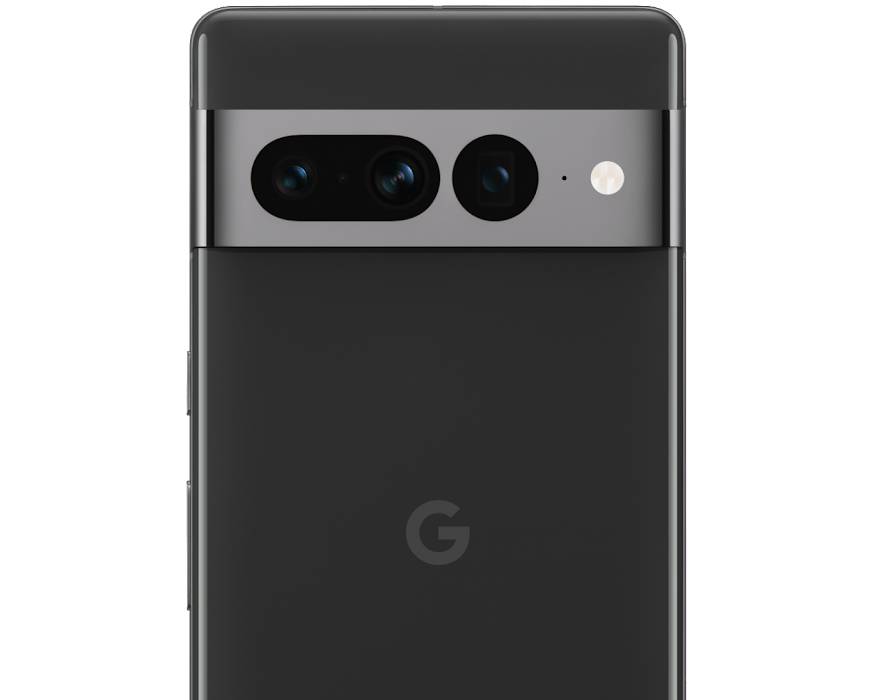
Neither Pixel 7 model is coming for the small phone crown, but the Pixel 7 Pro is taller with its 6.7-inch display, versus the 6.3-inch display on the Pixel 6. While Google edged slightly in the right direction with the Pixel 7 by shaving 0.1-inches off the display, it's still quite a bit larger than the Samsung Galaxy S22 or iPhone 14, which both feature 6.1-inch displays.
Whether it's size is a plus or a minus for you, there's no questioning that the Pixel 7 Pro boasts more premium materials than the standard model. The back of the Pixel 7 is coated in Gorilla Glass 6 whereas the Pixel 7 Pro flaunts stronger Gorilla Glass Victus and has a polished alloy frame that wraps around the back, adding to its luxe appearance. The Pixel 7 Pro also has waterfall edges for a more premium look and feel, while the Pixel 7 has a standard flat screen.
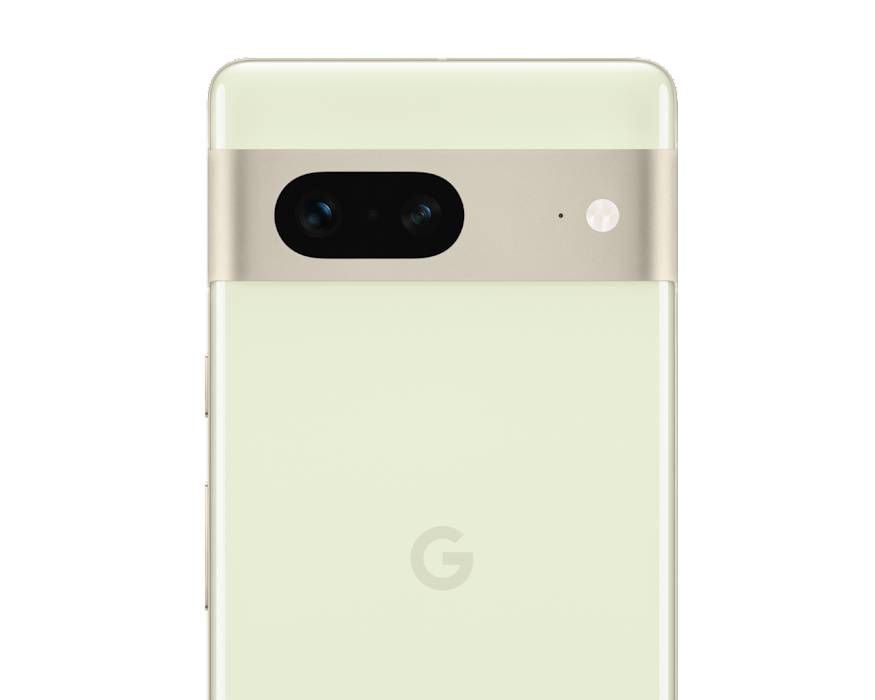
Color options are the other main differentiator. The standard Pixel 7 comes in Snow, Obsidian, or Lemongrass. The Pixel 7 Pro gets Snow, Obsidian, or Hazel, the latter is a pale green with gold accents that has drawn a lot of attention in early reveals.
Takeaway: The Pixel 7 and Pixel 7 Pro share similar designs, however, the pricier model is taller, and has waterfall edges along with more premium materials. The size is likely to be the deciding factor here for many, unless there's a color you just have to have that is exclusive to either model.
Pixel 7 vs. Pixel 7 Pro: Display
There are a few key differences when comparing the displays on the Pixel 7 and Pixel 7 Pro. The most obvious is the size; the Pixel 7 has a 6.3-inch screen whereas the Pixel 7 Pro has a 6.7-inch panel. Like we said last year; this is more of a large or extra large option than a choice between small and large.
We were thoroughly impressed with both displays last year and little appears to have changed for the Pixel 7 and Pixel 7 Pro, which means that the Pro retains one key advantage.
The Pixel 7 has a 6.3-inch, FHD+ resolution (2400 x 1080-pixels) OLED display with a 90Hz refresh rate.
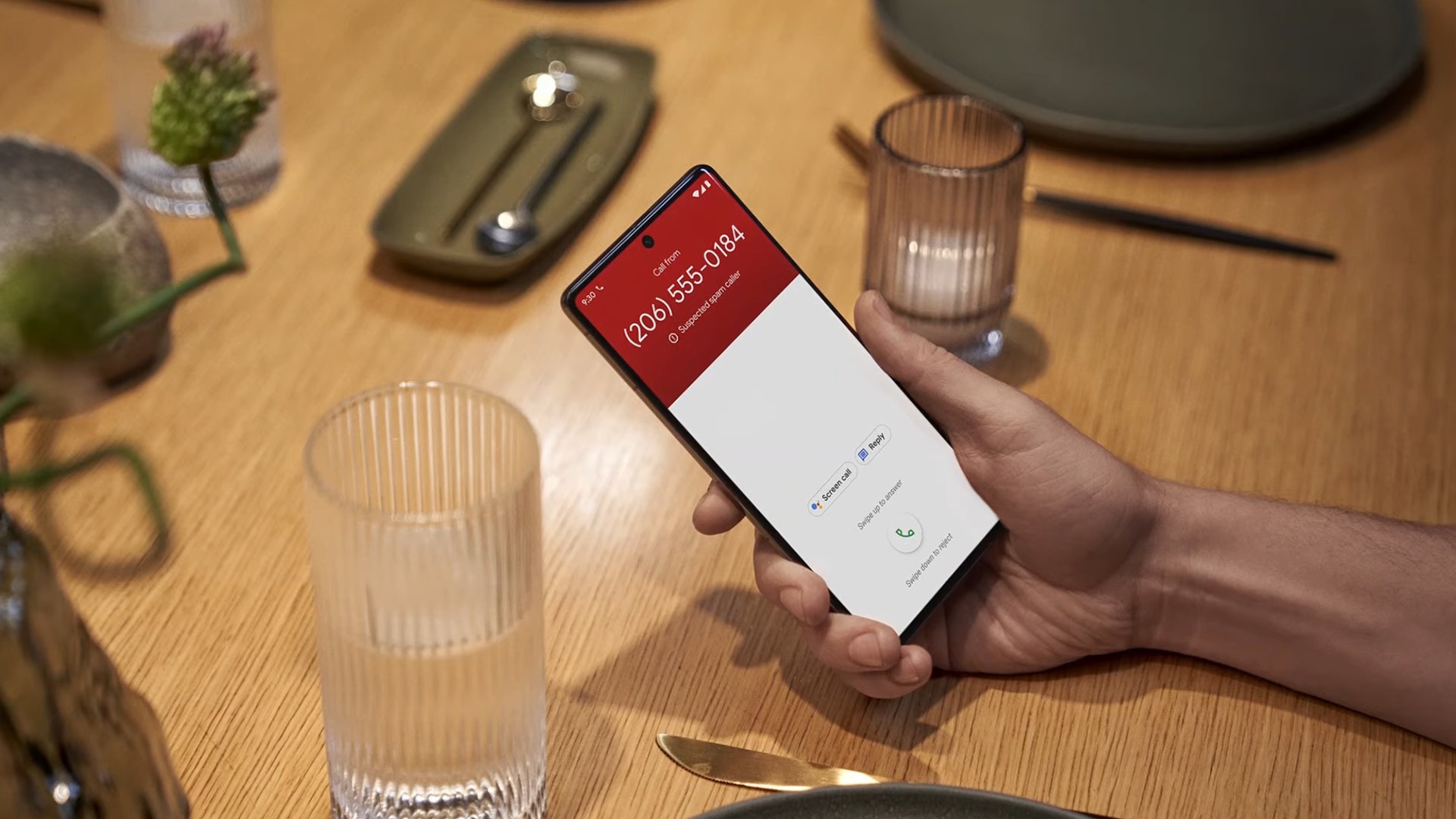
The Pixel 7 Pro has that larger 6.7-inch LTPO OLED display with a higher QHD+ (3120 x 1400-pixel) resolution and that much coveted adaptive 120Hz refresh rate. I would caution that while the difference between 60Hz and 120Hz is perceptible to most, spotting the move from 90Hz to 120Hz is more of a challenge.
More significant than the faster refresh rate is the 7 Pro's dynamic refresh rate, meaning the panel can adjust from 10Hz up to 120Hz based on what you are watching or doing on your phone. if you are looking at a static webpage or image the display will slow down to its minimum and then crank back up to 120Hz if you launch a supported game.
This isn't something that you should notice looking at the phone; where you should notice it is in your battery life. The Pixel 7 will need to either be locked in its 60Hz or 90Hz setting and that means it is needlessly refreshing at a higher rate at times compared to the Pixel 7 Pro. We'll be running both phones through our gamut of tests for our review and will be able to give you a better breakdown of the impact once those are complete.
Both phones support HDR, a high brightness mode, a million-to-one contrast ratio and full 24-bit depth for 16 billion colors.
Takeaway: The Pixel 7 Pro has a larger display with a dynamic 120Hz refresh rate that should both look better and save you battery life. The Pixel 7's 90Hz panel outperforms the likes of the iPhone 14 (60Hz), but it may come at the cost of battery life.

Pixel 7 vs. Pixel 7 Pro: Cameras
Both phones share the same primary camera, a 50MP Octa PD Quad Bayer with an f/1.85 aperture and 1.2µm pixel width. This is the same 1/1.31” sensor from last year, which remains one of the largest in any smartphone on the market.
The Pixel 7 and Pixel 7 Pro also share the same secondary ultra-wide sensor. This 12MP sensor has a large 1.25µm pixel width, an f/2.2 aperture, and a wide 114-degree field of view.

Other similarities include laser detect autofocus, optical and electronic image stabilization, a spectral and flicker sensor (helps with pulsing light from LCD screens, LED lighting, etc…), Google’s Fast camera launcher, and some fun software tools, like Magic Eraser.
The biggest differentiator is the presence of a third telephoto lens on the back of the Pixel 7 Pro. The 48MP snapper sports an f/3.5 aperture, 0.8µm pixel width and a half-inch image sensor size. Telephoto cameras on phones remain a bit contentious as not everyone sees the utility. I'd freely concede that wide-angle and ultra-wide are more important for most users, but I also am a strong advocate for telephoto lenses on phones. If you are a parent, a nature enthusiast or a traveler a telephoto lens on your phone can be the difference between getting a cherished memory or at least a shareable photo versus having a vague splotch in the background of a wide-angle shot.
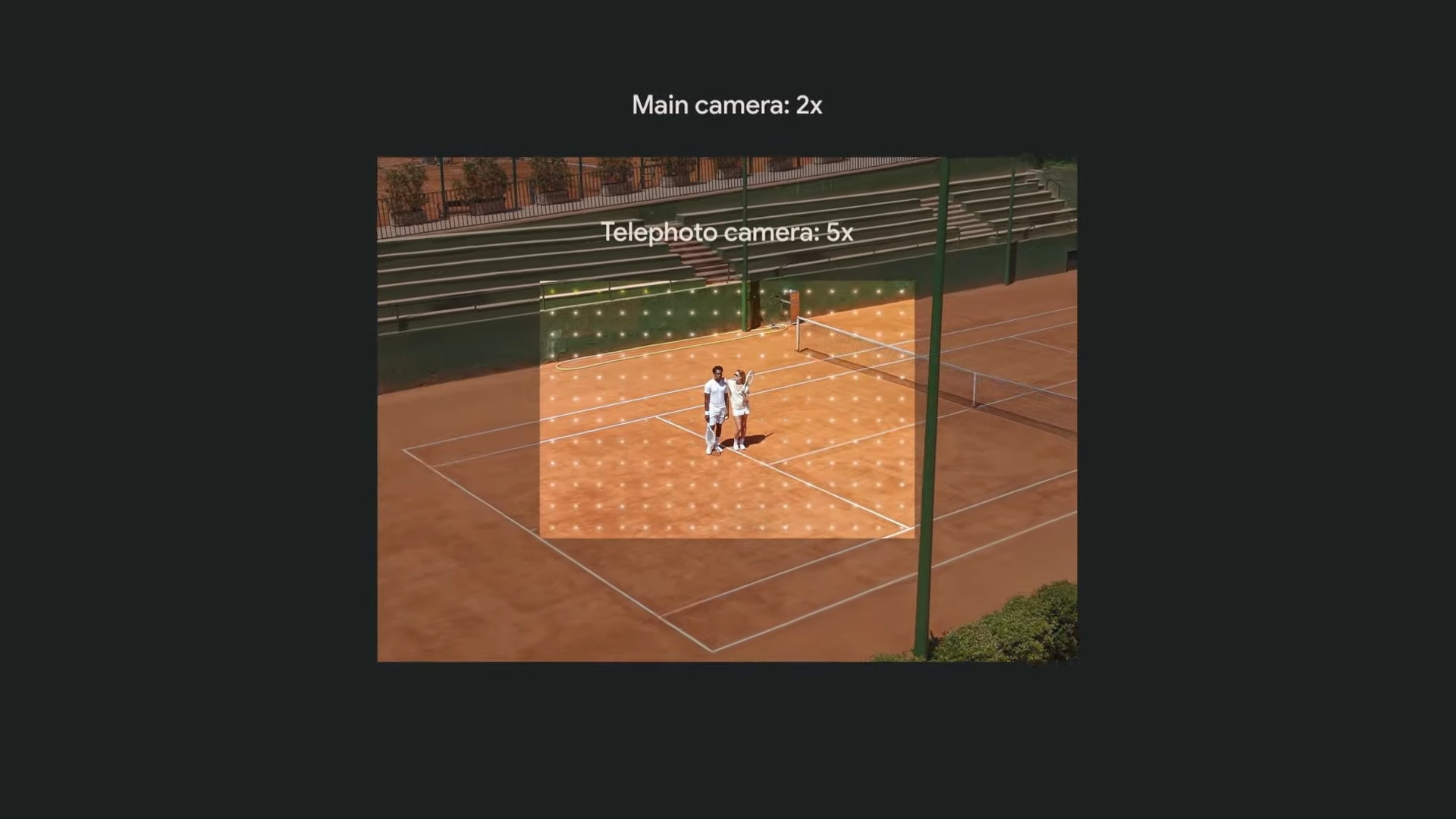
The front cameras are closer this year. The Pixel 7 offers a 10MP selfie cam with a superior aperture at f/2.0 but the Pixel 7 Pro has a sharper 11MP, f/2.2 lens with a larger pixel size at 1.22µm versus 1.12µm. Perhaps most importantly, the Pixel 7 Pro's front-facing camera has a wider field of view of 94 degrees compared to 84 degrees.
As for video quality, the specs for both Pixel 7 and Pixel 7 Pro are identical with a fairly typical 4K at 30 frames per second or 60 fps and 1080p at 30 fps or 60 fps.
Takeaway: Both phones boast impressive camera specs, although notably largely the same as last year, but the Pixel 7 Pro takes the win with its telephoto and superior selfie camera.
Pixel 7 vs. Pixel 7 Pro: Performance
While both Pixel phones use the same custom Google Tensor G2 chip, the Pixel 7 Pro should once again have a slight edge due to its 12GB of RAM over 8 GB in the Pixel 7. You'll mostly see the impact of this if you are a heavy multitasker, while we have yet to test the capabilities of the Tensor G2, last year's Tensor chip was more than capable of handling any individual app or game.
We saw last year that while Tensor didn't crush benchmarks, the real-world performance lived up to the flagship option from Qualcomm, while Apple's Bionic chip remains in a class of its own.
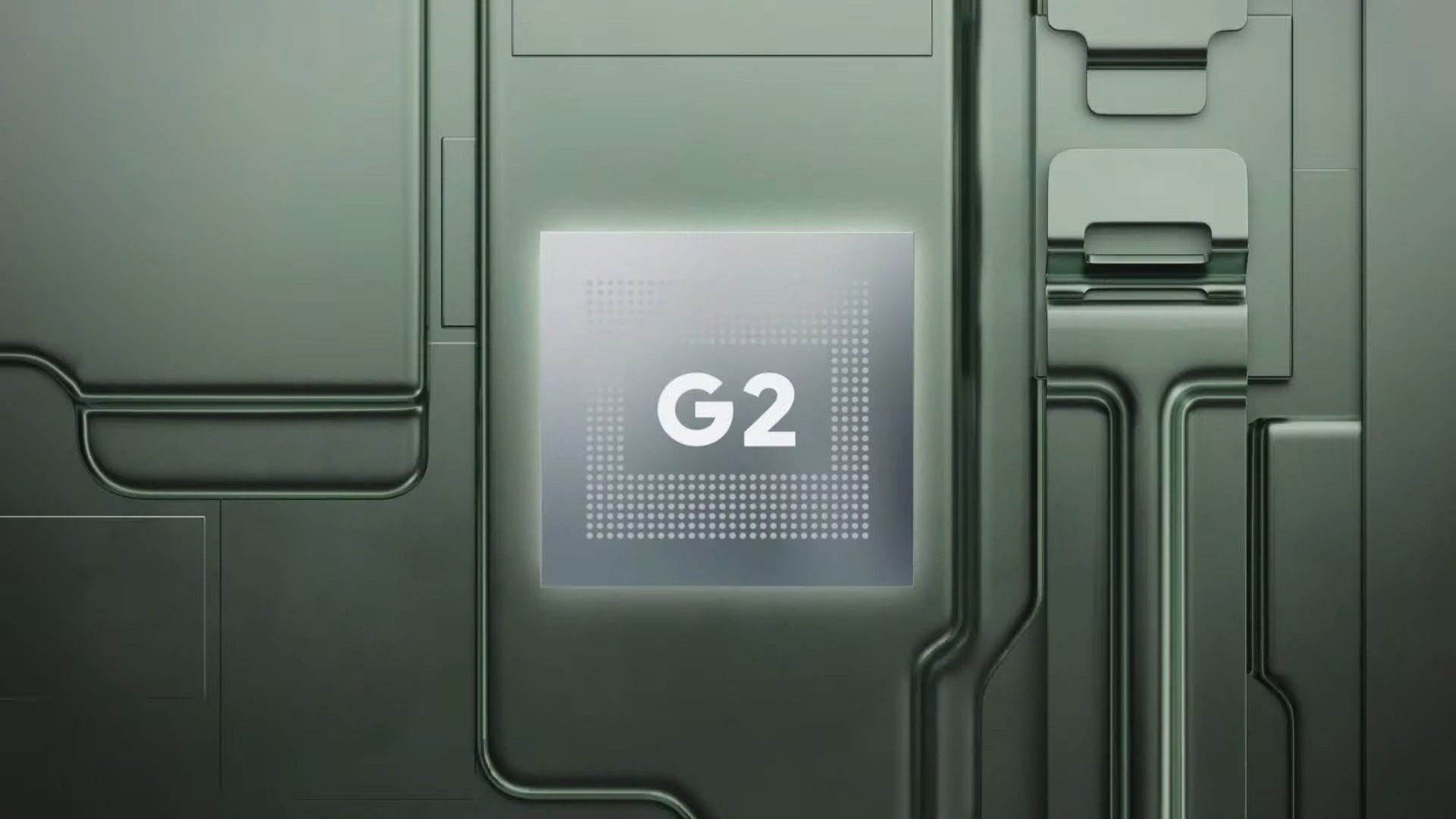
We'll find out more once we've gotten our hands on the phones and run them through our tests and we'll update this face-off after our Pixel 7 and Pixel 7 Pro reviews go live.
Takeaway: The Pixel 7 and Pixel 7 Pro share the same Google Tensor G2 chip so while the 7 Pro gets the slight edge with its added RAM, expect a generally similar experience.
Pixel 7 vs. Pixel 7 Pro: Battery life and charging
Larger phone, larger battery. The Pixel 7 comes with a 4,614mAh battery while the Pixel 7 Pro has a 5,003mAh cell. Despite the larger battery, it may not outlast the Pixel 7 as it has more pixels to push around, but the dynamic adaptive refresh rate may offset that.
We're hopeful for both phones because Google claims they will deliver “Beyond 24-hour battery life” and up to 72-hours of battery life if you use Extreme Battery Saver.
Charging is once again up to 30W fast charging. Google says both phones get up to a 50% charge in about 30 minutes with this new charger.
Both phones also support Qi wireless charging, fast wireless charging, and battery share.
Takeaway: This one will come down to our in-house battery life tests because battery capacity isn't a good measure of runtimes. The Pixel 7 Pro should win out, but we'll update when our reviews are complete.
Pixel 7 vs. Pixel 7 Pro: Which should you buy?
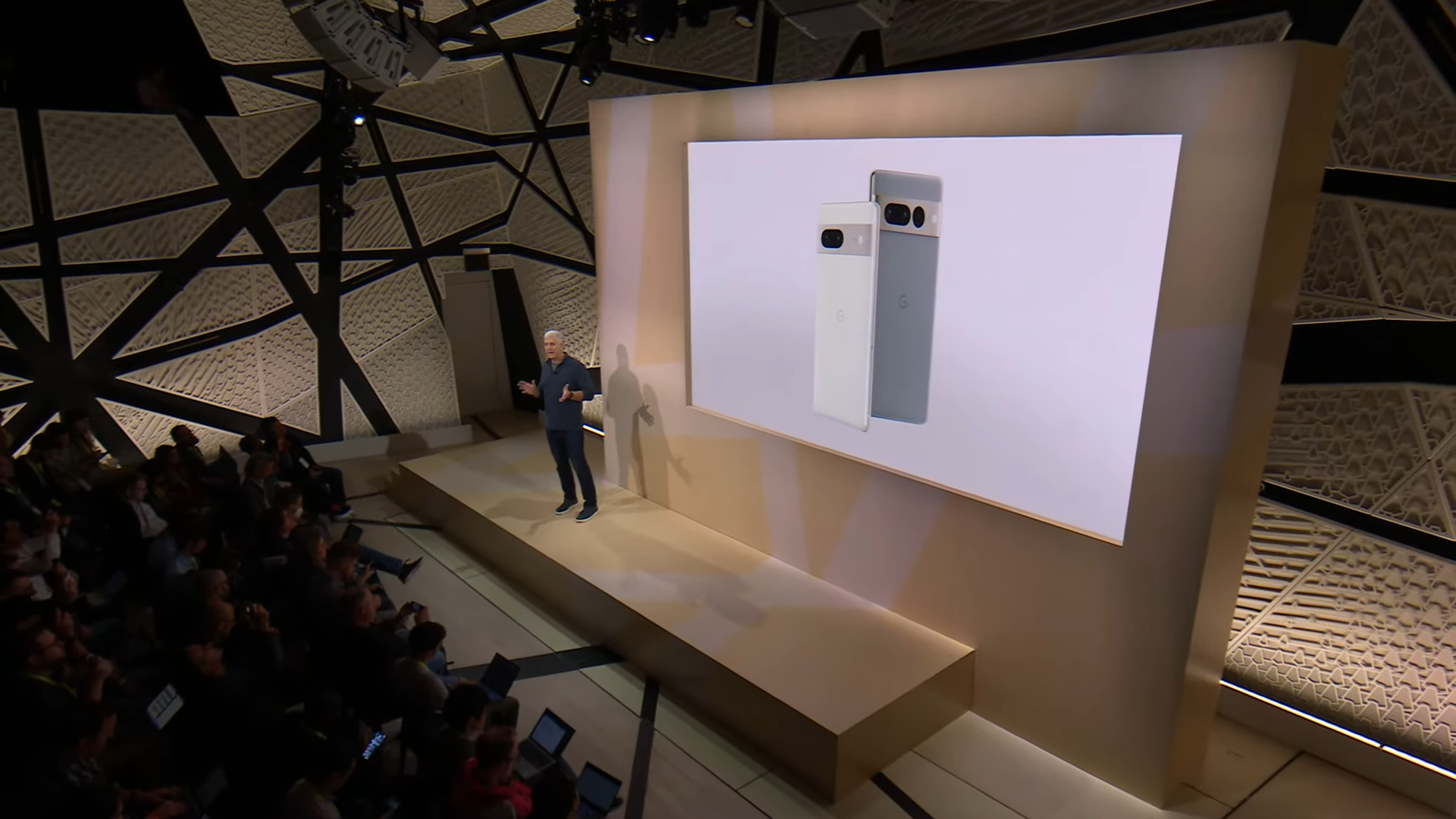
We're in the process of testing these phones, but based on what we know now right now, I recommend the Pixel 7 due to its compelling $599 starting price.
The Pixel 7 Pro has advantages over the Pixel 7, but they don't justify the price hike for more users. If you are particularly fond of a large display then obviously the Pixel 7 Pro will be the winner, but the 120Hz over 90Hz shouldn't be a significant factor.
But perhaps the most significant advantage in favor of the Pixel 7 Pro is its 48MP telephoto lens for zooming in on subjects. If this is a must-have for you, then the 7 Pro is your only option.
We will be posting full Pixel 7 and Pixel 7 Pro reviews soon and will update this article with more info to help you make the right decision.
Sean Riley has been covering tech professionally for over a decade now. Most of that time was as a freelancer covering varied topics including phones, wearables, tablets, smart home devices, laptops, AR, VR, mobile payments, fintech, and more. Sean is the resident mobile expert at Laptop Mag, specializing in phones and wearables, you'll find plenty of news, reviews, how-to, and opinion pieces on these subjects from him here. But Laptop Mag has also proven a perfect fit for that broad range of interests with reviews and news on the latest laptops, VR games, and computer accessories along with coverage on everything from NFTs to cybersecurity and more.

